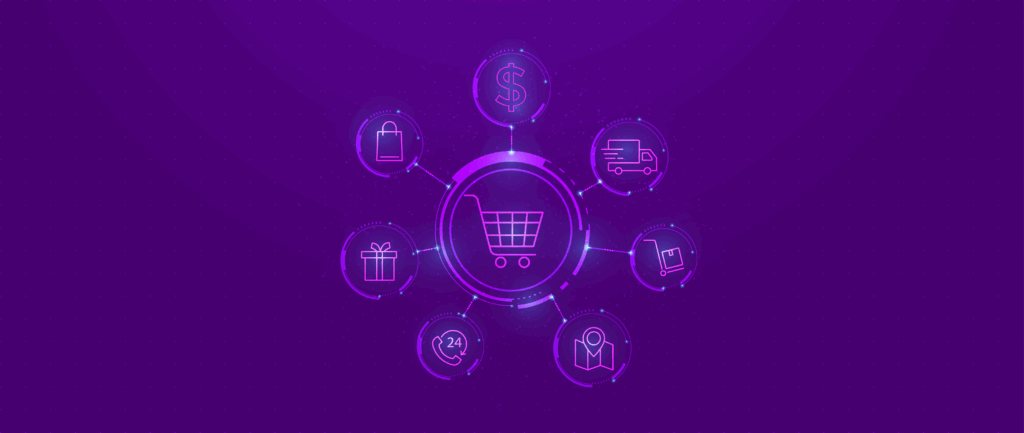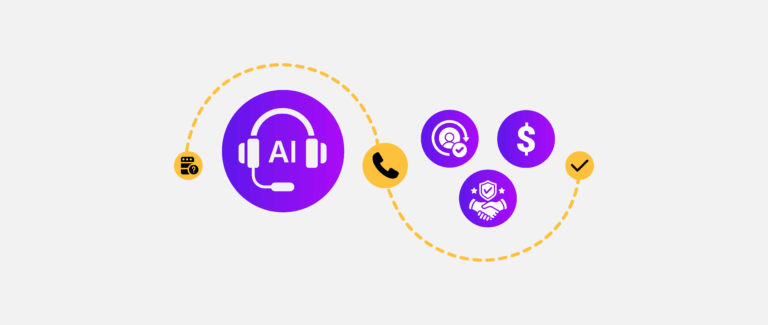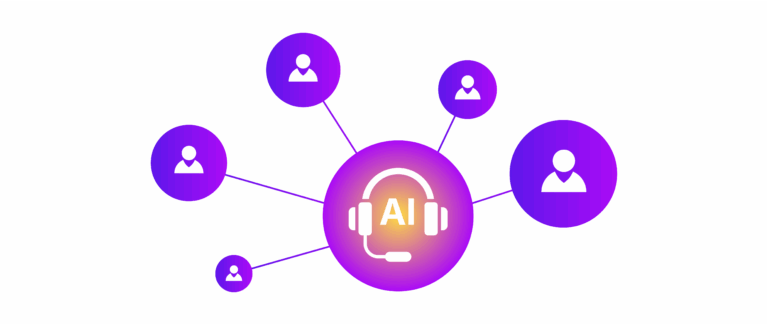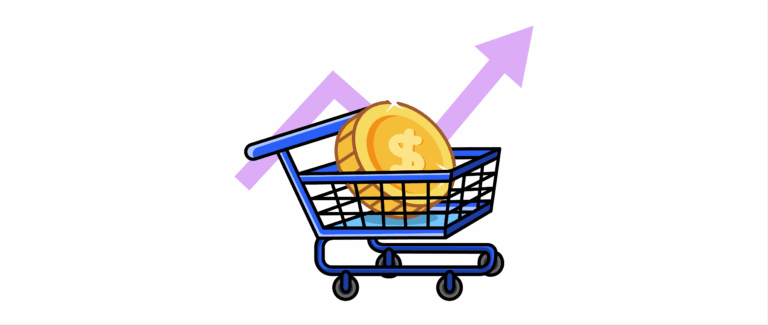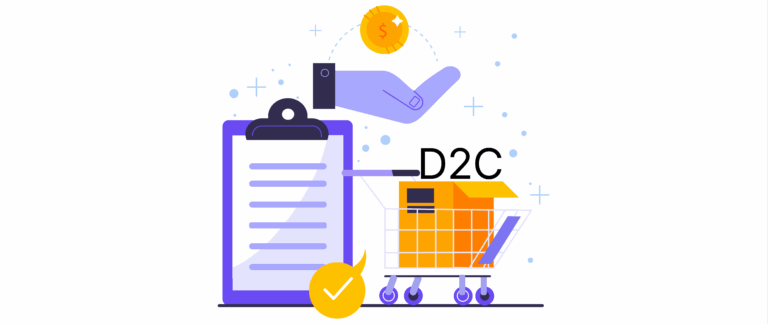If you’ve seen the movie Titanic, you may recall the lookouts scanning the calm waters that night. On the surface, everything appeared clear, until the iceberg emerged unexpectedly. Although everything appeared to be smooth sailing, a massive iceberg lay hidden beneath the surface.. most of it out of sight, posing a serious threat.
That’s exactly how you should feel about your ROAS reporting right now.
You’re looking at dashboards showing healthy 4:1, 5:1, even 6:1 returns on ad spend. Your Facebook ads manager is green. Your Google campaigns are “profitable.” But there’s a big blind spot in your data that’s taking a bite out of your business.
Cart abandonment.
While you’re celebrating those ROAS wins, 70% of your highest-intent customers may be leaving without making any purchase. Unlike the Titanic, where most of the danger only became apparent too late, this financial damage is likely to happen in real-time… right now, every single day.
You need to acknowledge a fact here.
Your actual ROAS could be significantly higher, only if you were taking abandoned carts into consideration. And every day you ignore this, you’re missing out on potential growth.
The hidden cost of cart abandonment on your advertising ROI
You spend ₹8,000 on Facebook ads. Those ads bring in 1,000 visitors. Out of those, 100 add products worth ₹2,40,000 to their carts. But only 30 complete the purchase, generating ₹72,000 in actual revenue.
Your ad dashboard shows a 9:1 ROAS, which looks phenomenal.
However, you need to see beyond the ‘apparent’ results.
If ₹2,40,000 worth of products were added to carts, and only ₹72,000 was converted, that means ₹1,68,000 in potential revenue was abandoned at checkout.
That’s 70% of your added-to-cart value left on the plate!
Now imagine improving your checkout experience, or retargeting cart abandoners, even recovering a fraction of that abandoned value could dramatically increase your revenue without increasing your ad spend.
Why your attribution model is misleading you about ad performance
Most D2C brands visualize ROAS like this:
Customer clicks ad → Customer purchases → ROAS calculated.
But that creates a dangerous mindset! You end up only looking at your achievements and ignoring the losses. It’s like a casino keeping track of its jackpots but forgetting about all the times it lost money.
Focusing only on successes can obscure the full picture, making it harder to learn from challenges or identify opportunities for improvement.
Now, let us understand the attribution blindspot.
When a customer abandons their cart, their interaction may not be fully reflected in your attribution model. But they did because they engaged with your ads, showed genuine purchase intent, and consumed your ad budget. They simply didn’t complete the purchase.
This leads to a dangerous feedback loop of false confidence. You identify “winning” campaigns and increase their budgets, unaware that traffic you’re paying for is leaving without making a purchase.
What is the psychology of your almost-customer?
Cart abandoners aren’t lost causes. They’re your most valuable segment. These are the people who’ve shown the highest possible intent short of actually buying.
Think about it: they didn’t just browse. They didn’t just view a product. They made the psychological commitment to own your product. They clicked “Add to Cart” and started the purchase process.
So why do so many brands still get this wrong?
Here’s why “Add to Cart” is a bigger commitment than it is perceived:
Adding to cart triggers what psychologists refer to as a commitment bias. At that moment, the customer has mentally committed to owning the product. In their mind, they’ve already made the decision.
So, when they abandon the cart, it’s not a neutral action… it actually feels like a loss to them. They’re walking away from something they had already started to accept as theirs.
This makes cart abandoners a highly valuable segment. They’ve moved beyond casual interest and taken meaningful action. Yet despite this, many brands fail to capitalize on that momentum. Instead of treating these users as high-intent prospects who may need a timely nudge or a slight reassurance, they’re often lumped back into the general audience pool, treated like cold leads all over again.
At the end, what happens is a breakdown in performance. Missed revenue, misaligned marketing efforts, and a wasted opportunity to turn near-conversions into actual customers.
Those people who were almost there. A little empathy and strategic follow-up could make all the difference, not just for the conversion, but for the long-term relationship.
How AI voice calls are revolutionizing cart abandonment recovery in 2025
You might be thinking, “But we already retarget cart abandoners. Isn’t that what our email sequences and display ads are for?”
And we agree that those tools have their place. But they’re also the most saturated channels your customers are seeing. Most inboxes are already filled with “Complete your purchase” emails from dozens of brands. And most users scroll past banner ads without even noticing them.
That’s where voice becomes a stand-out feature.
While an email might stay unopened or get buried, a timely phone call, especially one that’s helpful and relevant, creates a moment of starting a conversation.
This approach aligns with what psychologists call the Mere Exposure Effect. It is the idea that people tend to develop a preference for things simply because they are familiar with them. But it only works when that exposure feels meaningful.
And with intelligent automation, this can be achieved with AI voice calling.
AI voice calls let you connect with the customer in real time, respond to their hesitation, and provide answers when they need them.

Why AI voice calling is the most underrated channel in e-commerce marketing
Let’s take a moment to really think about how most brands try to recover abandoned carts.
They send an email. Then maybe another one. Sometimes a discount code. All of it lands in an inbox that’s already full of similar messages from every other brand the customer browsed that week.
It’s not that email doesn’t work… it just often doesn’t get noticed. And when it does, it rarely feels personal or timely enough to make a real impact.
But there’s good news. AI calls are reaching customers where they’re more likely to engage.
The phone.
We know what you’re thinking. “Phone calls? In 2025? That’s so… analog.”
Maybe. But that’s exactly what makes it powerful.
While most brands are speaking at their customers through emails, pop-ups, and ads, very few are actually listening. A phone call feels different. It breaks the pattern.
It says, “We noticed. We care. And we’re here if you have questions.”
And in the end, building connections is all about being human.
How voice communication builds trust and drives faster conversions
When someone abandons their cart, they’re often caught in a state of decision paralysis—a cognitive overload that makes it hard to move forward. And email can’t solve decision paralysis, because it often just fails to stand out.
But a voice? A real conversation? That helps overcome hesitation better than other ways.
This aligns with the Social Presence Theory, which suggests that face-to-face or voice communication creates a stronger sense of connection and trust than text alone. The human voice conveys emotion and empathy, helping to build trust faster and address objections in real-time.
What might take seven email touchpoints can often be resolved in a single five-minute phone call.
How to scale personalized cart recovery with AI voice assistants
AI voice assistants are AI systems that can have natural, helpful conversations with your prospects. They understand context, handle objections, and most importantly, they know exactly why that specific customer abandoned their cart.
Now, let us understand how AI voice calling converts high-intent shoppers into customers.
Imagine this: Samira adds a ₹3500 skincare set to her cart but abandons at checkout. Within 30 minutes, she gets a friendly call from what sounds like a knowledgeable customer service rep.
The AI agent knows Samira was looking at the anti-aging serum. It can address her specific concerns, offer additional information, and even provide a personalized discount if needed.
Samira doesn’t know she’s talking to AI. Or even if she is aware, it does not matter because she just knows someone cared enough to call and help her make the right decision. Multiply that experience by thousands of shoppers, and you have a scalable, personalized way to recover carts and turn intent into conversions.
Competitive advantage with AI voice calling
While your competitors are fighting over email open rates and retargeting click-through rates, AI voice calling gives you a completely uncrowded channel to reconnect with your highest-intent prospects.
Think about it: when was the last time you received a helpful, personalized phone call from an e-commerce brand? Probably once or twice.
And that’s exactly why personalized AI calls stand out.
AI voice calling helps recover abandoned carts while also creating memorable experiences that can help your brand stand out.
Closing the loop
Cart abandonment recovery is just the beginning. Once you have an AI voice calling system in place, the applications multiply.
Post-purchase follow-ups to ensure customer satisfaction. Proactive outreach to VIP customers with personalized product recommendations. Re-engagement campaigns for customers who haven’t purchased in months.
The technology that recovers your abandoned carts today becomes the foundation for deeper customer relationships tomorrow.
AI voice calling technology is available today, proven, and scalable. It’s an often-underutilized tool that could significantly enhance conversion optimization in e-commerce
The question isn’t whether you can afford to implement AI voice calling for cart abandonment recovery. The question is whether you can afford not to.

